I’ve been a diehard fan of Jayanta Mahapatra ever since I was a tender-hearted young girl in class VIII. Yet never did it ever cross my mind, even as tucked far away within the distant, blurry folds of a mental compartment labelled “IMPOSSIBLE” in all caps, that many moons later, this very star-struck, poetry-obsessed me would grow up to interview my poetry God called Jayanta Mahapatra.
When the time came, I must confess, my hands grew damp, and my feet grew cold as I mulled over a niggling doubt that had lodged itself in the soft, fleshy interiority of my consciousness – a pesky irritant, a stubborn fishbone refusing to budge.
What if I had to stumble upon that not-so-comfortable realization during my close interactions with Jayanta Mahapatra, which the interview for Different Truths would invariably entail, that the “person” behind the “persona” somehow did not match up to the colossal, expansive, all-encompassing image of Jayanta Mahapatra? The image that I had painstakingly constructed in the kingdom of my heart and mind, stone by stone, brick by brick, and had carefully placed on a pedestal ever since I found myself reading and re-reading his poems.
What if I would have to swallow the bitter pill of segregating the “artist” from his “art”? What if my reverie were to shatter into jagged-edged fragments as I went about unravelling the layers of this ontologically self-evident onion of truth – the art vs. artist debate that as an academic idea has emerged as a popular tool for analysing poetry from the beginning of the 20th century, and has since evolved in several different directions.
Truth be told, this is a complex, slippery slope. One that many of us must struggle to find a foothold in, especially when life places us in a situation where we must interact closely with a writer, novelist, poet, or artist with a stature of epic proportions and then perhaps, within the silenced walls of our own perception, we discover how our literary Gods too may have feet of clay, after all.
So armed with my hardened armour and having convinced myself that I was professional enough to cushion my worshipper’s unrealistic expectations against any steep falls, I began working with Jayanta Mahapatra. The ultimate icon, pioneer, and the doyen of Indian English poetry…and truth be even more truthfully told, I had to pinch myself quite a few times to know this was for real.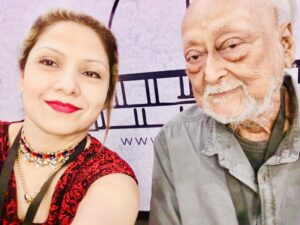
While at first Jayanta Mahapatra seemed a bit reticent, he soon warmed up and laughed when I called him “Jayanta Sir”. “Please Urna, don’t ‘sir’ me” he grinned and guffawed. “You can call me Jayanta-da or Dada, whatever you wish”. And so, from that gold-flecked moment, he became “Jayanta-da” for me. Bridging many awkward, self-conscious gaps and fissures with a sweet, breezy ease that can only be felt, not explained, or analysed in hindsight.
With chronic asthma, a failing lung capacity, and a longing for his deceased wife Runu, Jayanta-da seemed every bit human. When I told him “I understand, as I too have asthma,” Jayanta-da remarked with his trademark wisdom, “You know Urna, people who have to battle for breath take nothing for granted…not friendships, not human beings, not caregiving, not a warm meal cooked with love, not poetry”. The starkness of his wisdom somehow chiselled its way into the workings of my inner citadel. How softly, gently, and elegantly Jayanta-da had shared a learning that was more of a “heart-opener,” if I may qualify it as that. Passing it onto me like the ruby-encrusted heirloom of a poetry mentor. An heirloom of understanding or awareness, that defies all price tags in our hard-core consumerist economy of today.
One of the questions in my interview with Jayanta-da that I had consulted and discussed with Arindam Roy, the Editor-in-Chief of Different Truths was around the birthing of Jayanta-da’s trailblazing Chandrabhaga in the late seventies. At a time when there were very few standard magazines for Indian poetry, and one had to send one’s poems abroad for publication, which was neither easy nor affordable.
While Jayanta-da went on to tell me how much the running of Chandrabhaga had taken away from him, he never forgot to mention that the magazine was something he loved to do. Its systematic, meticulous curation and editing is something that kept him going right up till the end, as Chandrabhaga 20, the last and final edition bears testimony to.
As I write about Chandrabhaga, I am also reminded of Jayanta-da’s affectionate handwritten notes sent to generation after generation of Indian English poets carrying the iconic Chandrabhaga template and the Tinkonia Bagicha address. Some of us are blessed enough to have these notes written in his clear, purposeful, cursive style. Yet it’s not his handwriting that I wish to write about now, though that too can spawn an entire essay I’m quite sure.
It’s the person, the human being, the artist, the poetry mentor behind all those hundreds and hundreds of poets who wanted their poetry to see the light of the day, that I got to see up, close and personal, the first time he wrote one of those handwritten personalized notes to me. It’s the kindness that it takes to remember to write to each and every poet something unique about his or her poem, style, syntax or poetic voice, that I want to pay tribute to. And the sheer grace with which these acts of kindness were done – never highhanded, never patronizing, never looking down and always honouring the kernel-like, raw vulnerability of a poem, before it has been published.
Jayanta-da’s conversations, letters, and notes all bore the mark of something that is vastly depleting in our frenetic times – good old humility wrapped in silken grace. Never compromising on editorial sharpness, quality control, or deftness, yet balancing the editor’s eye for detail with a compassionate eye for poetic frailty and creative battles, that we all fight in quietude, but feel a tad ashamed to wear on our sleeves.
My close interactions with Jayanta-da made me see the quintessential human construct behind this larger-than-life persona – the throbbing epicentre of his humanness. It is this elevated awareness of the other and the self that not only became the cornerstone of his oeuvre but also the cosmogony of his kindness, I believe. Standing tall like the towering Sun Temple of Konarka, that is a much-celebrated theme across his poetry.
It was life-changing for me to see that if one managed to dig deeper and look inside the bejewelled “garbhagriha” – the sanctum sanctorum – beyond the external identity and edifice of being the epic poet that he was and always will be, Jayanta-da was larger. Much, much larger. In fact, larger than the sum of all the books that he wrote and all the awards and accolades that his work garnered because Jayanta-da was an entire library of kindness by himself. And, it is this Shakespearean “milk of human kindness” that I wish to pay tribute to and hold onto as our collective poetic legacy, as long as our cumulative human memory may serve us.
*



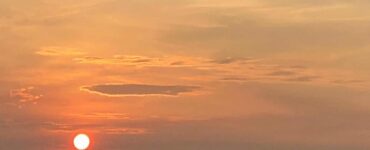
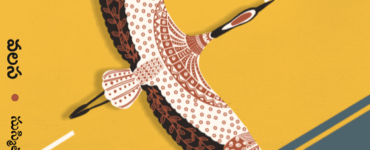

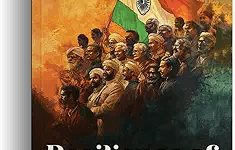
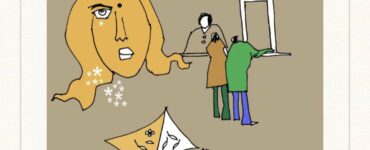
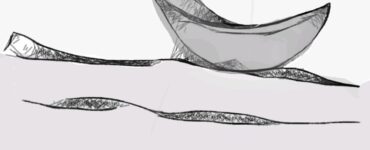
Urna this is such a wonderful tribute to a great poet, who was an exemplary human being, with that (now rare) quality of
‘….good old humility wrapped in silken grace….’
as you so poetically put it.
I am sure his handwritten note to you is one of your most precious treasures. Also, the memory of that intimate sharing of a personal problem like breathing difficulty – not everyone is privileged to be imparted the wisdom of his experiences connected to a physical ailment.
You are blessed to have shared such moments with him, enabling you to write this wonderful piece on this towering personality ‘… as tall as the Konark Temple’. His humaneness touched countless poets whom he mentored so lovingly. Those personalized notes must mean so much today.
And you were a lucky one! Loved the whole article, specially the end, on a note of loving adoration! ❤️